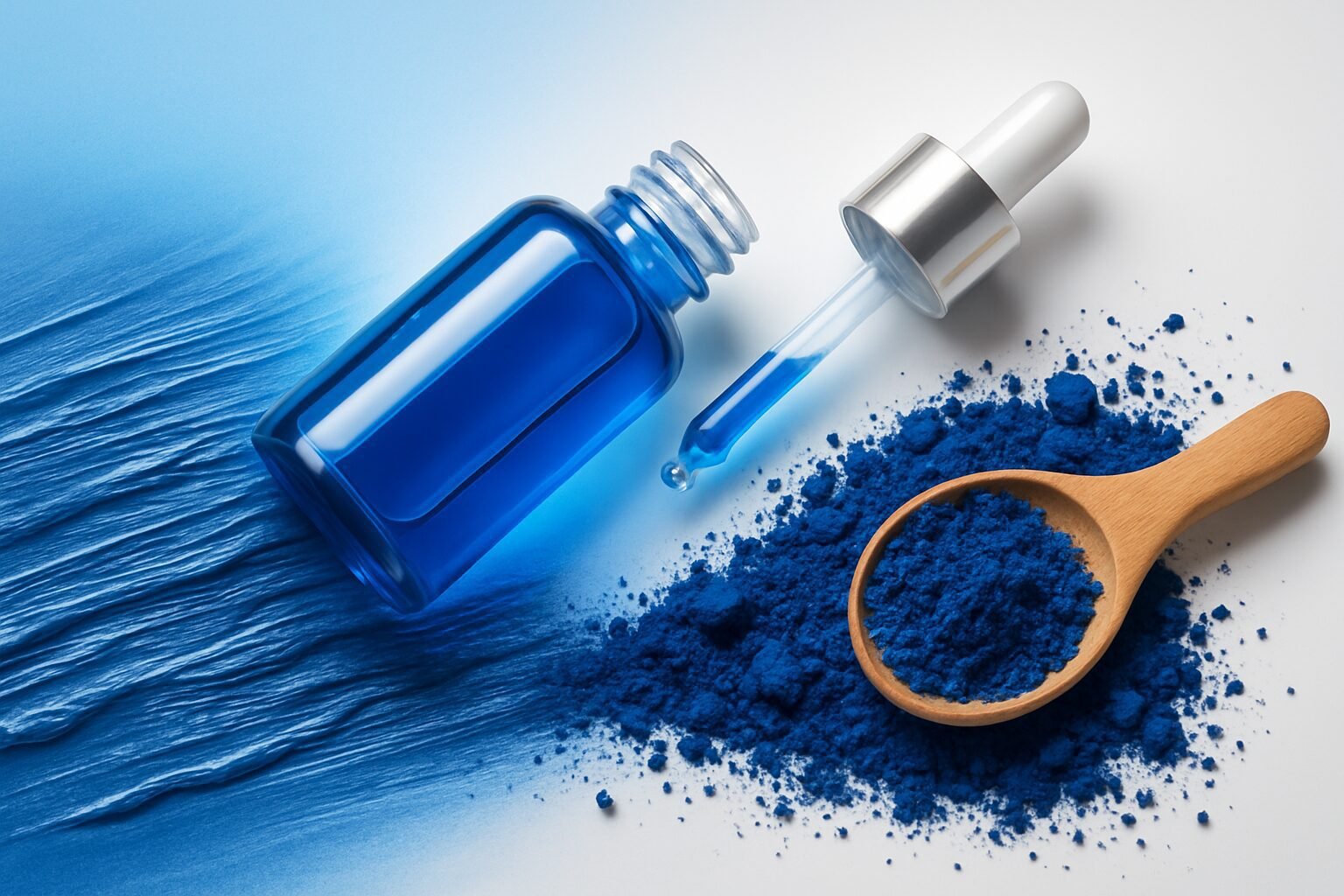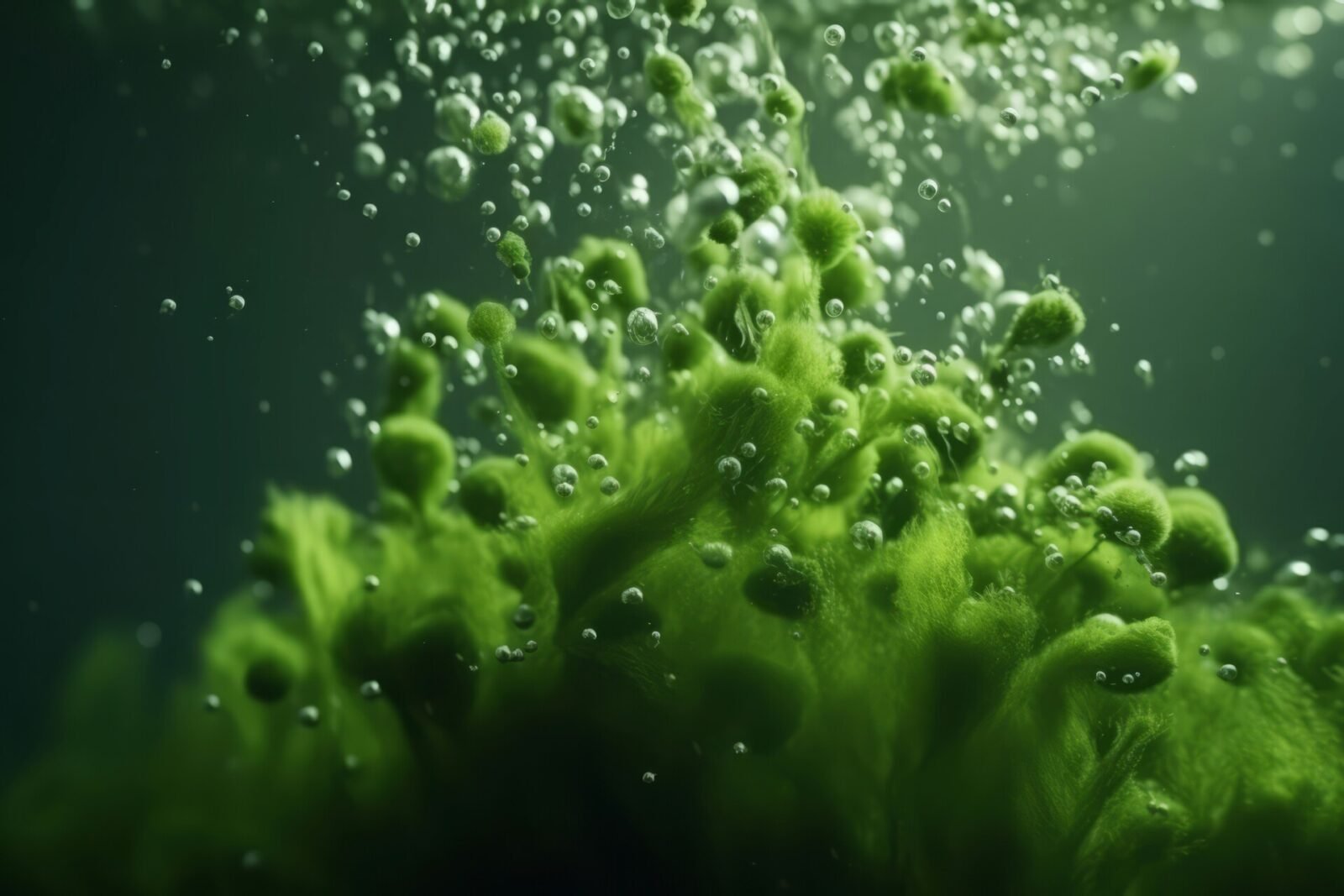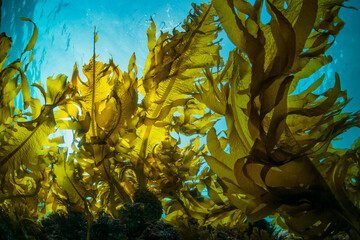Dihydroxyacetone (DHA) is one of the most widely used self-tanning actives, valued for its rapid color development. Despite its popularity, formulators often face two recurring challenges: undesirable odor generation during development and formula instability, which can result in color drift and degradation.
This article explores advanced strategies—supported by scientific research, patents, and real-world case studies—for odor mitigation, pH control, chelation, antioxidant systems, and packaging best practices.
Use this as a companion to our complete guide:
Dihydroxyacetone (DHA) Guide – Safety, Regulation & Formulation
Why DHA Produces Odor
The tanning effect of DHA is driven by the Maillard reaction, where the molecule interacts with amino acids and proteins in the skin to form melanoidin pigments. This process delivers the desired tanning effect but also generates volatile byproducts such as formaldehyde and acetaldehyde, which contribute to the characteristic odor (ACS Omega, 2022).
Odor intensity increases under alkaline conditions. pH levels above 6.0, for example, accelerate DHA degradation and trigger more aldehyde release (ScienceDirect, 2022).
Key Formulation Strategies for Odor Control
Several proven techniques can help address this challenge:
- Chelating agents such as EDTA and DTPA bind trace metals that catalyze oxidation, helping slow degradation (EP0884045A1 Patent)
- Antioxidants like tocopherols and ascorbic acid derivatives neutralize free radicals that contribute to odor and instability (NursingCEConnection, 2018)
- Buffer systems maintain pH between 4.5 and 5.5, reducing side reactions and minimizing off-odor (Cosmetics & Toiletries, 2018)
- Fragrance masking and odor absorbers, including cyclodextrins and vanillin derivatives, lower aldehyde perception and improve sensory acceptance (ResearchGate, 2003)
- Co-actives like citric acid and amino acid derivatives reduce reactive carbonyl intermediates, further decreasing malodor (PMC Review, 2018)
Stability & Shelf Life Improvement
Improving stability is just as critical as controlling odor.
- Temperature control plays a major role. Accelerated aging tests show that DHA breaks down rapidly under high-heat storage conditions (US Patent 5514437A)
- Light and UV protection—using amber bottles or adding UV absorbers—can significantly reduce photodegradation and prevent unwanted color changes (SCCS Opinion, 2020)
- Advanced packaging such as multilayer foils, PET amber bottles, and nitrogen flushing protects DHA from oxygen exposure, one of its major destabilizers (EP0884045A1 Patent)
- Preservative systems must be fully compatible with acidic DHA formulations to maintain both stability and microbial safety (Cosmetics & Toiletries, 2018)
Case Study: Comparative Stability
A controlled stability study compared two DHA formulas:
- Formula A: included chelator and antioxidant
- Formula B: no stabilizers
After 12 weeks at 40 °C, Formula A retained its intended color and exhibited minimal odor. In contrast, Formula B developed a strong aldehyde smell and visible darkening (US Patent 5514437A).
Best Practices for Scaling Production
When moving from lab scale to commercial batches, keep these best practices in mind:
- Batch size effects: Larger volumes with more headspace increase oxidation risks (EP0884045A1 Patent)
- Analytical monitoring: HPLC helps detect early degradation intermediates (PMC Review)
- QC checkpoints: Odor panels and accelerated stability testing are essential
- Storage conditions: Cool, dark, and low-humidity environments are ideal for DHA during storage and transport (SCCS Opinion, 2020)
Dihydroxyacetone (DHA) is the most widely used self-tanning active, valued for its rapid color development. Despite its popularity, formulators often face challenges with odor generation and instability. You can explore our high-purity option here: Dihydroxyacetone (DHA).”
